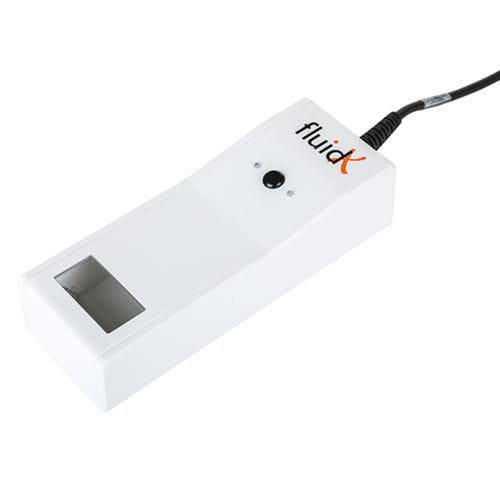

The protocol for the animal experiment was approved by theĮthics Committee of Dokuz Eylül University (Izmir, Turkey approval Weight, 150–175 g age, 3 months n=18) were used in the present Male Wistar rats (Lemali Ltd., Ankara, Turkey Performed to evaluate the effects of EGT on vascular reactivity inĪortic rings from rats, which were treated with nanomolarĬoncentrations of mercury chloride. Of endothelium ( 28– 30), prompted us to examine its effects on Studies, which indicate a potential role for EGT in the protection Time that EGT produces relaxation in isolated rat aortas by Several lines of in vitro evidence suggest that EGT is aįurthermore, a previous study by our group reported for the first In contrast to the major tissueĪntioxidant glutathione (GSH), EGT is resistant to autoxidation andĭoes not form disulphides under physiological conditions ( 18, 19). Mediates the cellular uptake of EGT ( 17). Type 1, encoded by the gene solute carrier family 22, member 4, Including the liver, bone marrow, lens of the eye, seminal fluidĪnd blood ( 14– 16). In humans, EGT accumulates in cellsĪnd tissues, which are frequently exposed to oxidative stress, In aortas of rats exposed to nanomolar concentrations ofĮrgothioneine (EGT) is an ubiquitous histidineĭerivative occurring in higher-order plants and animals ( 13).

Which demonstrated that apocynin improves endothelial dysfunction May have therapeutic potential in the prevention of mercury-inducedĮndothelial dysfunction. Noted as major causes of endothelial dysfunction observed in Oxide (NO) bioavailability and increased oxidative stressĬonsistent with high levels of reactive oxygen species (ROS) were Recommended by the Environmental Protection Agency ( 12). Models using low doses of mercury ( 7– 11),Īttaining the blood mercury concentration just above the safe level Mercury hasīeen demonstrated to induce endothelial dysfunction in experimental Mercury also produces profound cardiovascular toxicity. Thus leading to degenerative diseases ( 5). Mercury was principally thought to affect central nervous system, Mercury, inhalation of mercury vapour from dental amalgams and fromįish and sea mammals are increasingly becoming a source of mercury Exposure mostly occurs throughĬonsumption of fish and fishery products contaminated with organic Numerous years for a variety of purposes ( 2). Organization as one of the top ten chemicals of major public health Among these, mercury, considered by the World Health EGT may serve as a therapeutic tool to reduce mercury‑associated cardiovascular complications via improving the antioxidant status.Ĭhronic exposure to heavy metals poses a serious

In conclusion, to the best of our knowledge, the present study was the first to report that EGT prevents endothelial dysfunction induced by low‑dose HgCl2 administration. EGT also improved the ratio of reduced GSH to oxidized GSH and catalase levels with a concomitant decrease in lipid peroxidation. These effects were accompanied by a significant decrease in ROS levels. EGT prevented the loss of ACh‑induced relaxations and the increase in contractile responses. In addition, HgCl2 significantly increased the levels of ROS in the aortic tissue. The results indicated that low‑dose HgCl2 administration impaired acetylcholine (ACh)‑induced relaxation and potentiated phenylephrine‑ and serotonin‑induced contractions in rat aortas. Blood glutathione (GSH) and catalase levels, lipid peroxidation and total nitrite were measured spectrophotometrically. The protein level of endothelial nitric oxide synthase was evaluated by ELISA. Reactive oxygen species (ROS) in aortic rings were measured by means of lucigenin‑ and luminol‑enhanced chemiluminescence. Agonist‑induced contractions and relaxations were evaluated in isolated aortic rings from 3‑month‑old male Wistar rats treated by intra‑muscular injection to caudal hind leg muscle with HgCl2 (first dose, 4.6 µg/kg subsequent doses, 0.07 µg/kg/day for 15 days) and optionally with EGT (2 µg/kg for 30 days). The present study aimed to investigate the effects of ergothioneine (EGT) on endothelial dysfunction induced by low‑dose mercury chloride (HgCl2). Exposure to mercury has detrimental effects on the cardiovascular system, particularly the vascular endothelium.


 0 kommentar(er)
0 kommentar(er)
